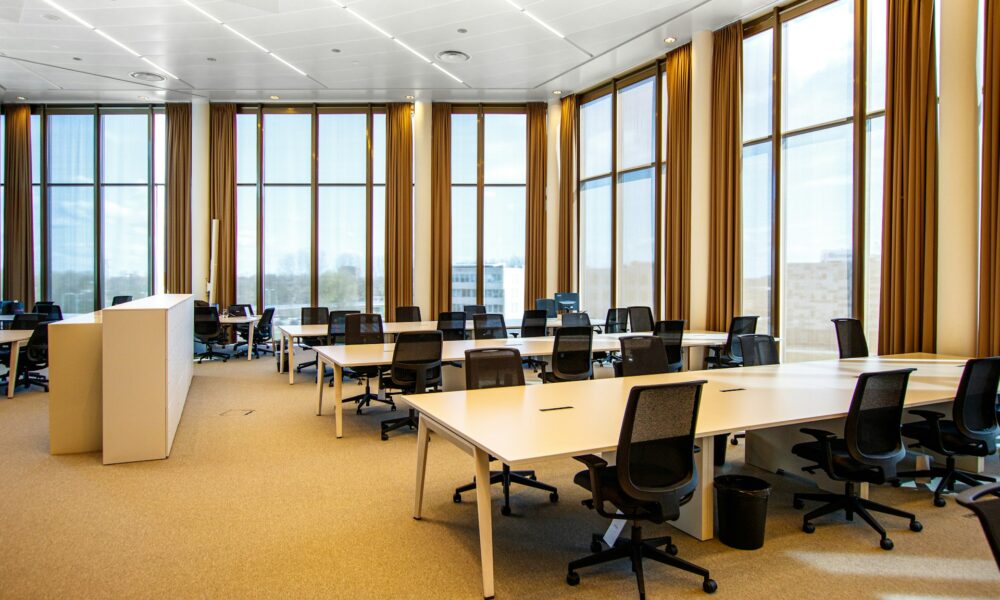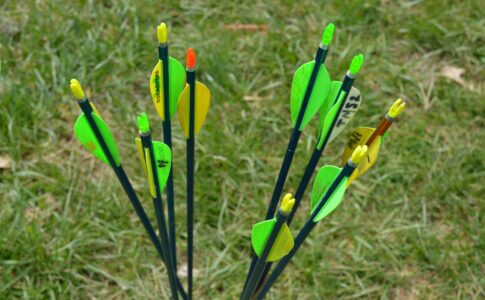Advancements in protective technology have transformed ballistic barriers from cumbersome, rigid shields into sleek, high-performing safety innovations used across schools, workplaces, and homes.
But what exactly makes these materials “bulletproof,” and how is the science behind impact resistance evolving?
This blog explores the cutting-edge world of bulletproof materials in ballistic barrier technology, demystifies what goes into their design, and reveals how innovators like ballistic-barrier.com are paving the way for safer environments.
Understanding Bulletproof Materials
At the heart of effective ballistic barriers are the materials engineered to stop projectiles. The term “bulletproof” isn’t entirely accurate; most products are “bullet-resistant”—designed to withstand specific impacts as certified by standards like UL752.
The Key Players in Modern Barriers
- Aramid Fibers (Kevlar, Twaron): These synthetic fibers are woven into dense sheets that absorb and disperse the energy from bullets, drastically reducing penetration.
- Polyethylene (UHMWPE): Ultra-high-molecular-weight polyethylene boasts low weight and remarkable impact resistance, increasingly common in flexible designs.
- Ceramics: Used as a hard outer layer, ceramics can shatter or deform bullets on impact, lessening their force.
- Composite Laminates: By layering different materials, manufacturers create composite panels that optimize durability, flexibility, and energy dissipation.
Modern products, such as fabric-based shields from ballistic-barrier.com, blend these materials for advanced protection while keeping weight and thickness to a minimum.
Science of Impact Resistance
Bulletproof materials rely on advanced energy dissipation principles. When a bullet strikes, the materials are engineered to:
- Absorb Kinetic Energy: Fibers in aramid or polyethylene fabrics stretch and deform, pulling energy away from the projectile’s path.
- Disperse Impact: Multi-layered designs spread out the force over a broad area, reducing the point pressure that might cause penetration.
- Delay and Deform: Hard layers (such as ceramics) slow, deform, or break up the bullet before it reaches softer, energy-absorbing layers.
Patented Innovations in Design
Patented systems like the one found in many ballistic-barrier.com products utilize a layered approach.
Their “energy dissipation solution” lets shields act as though they are catching, rather than merely resisting, a bullet. This innovation reduces stress on mounting systems, making installations both safer and longer lasting.
Applications of Ballistic Barrier Technology
Ballistic barrier technology is rapidly evolving, bringing flexibility and customization to a range of environments:
Protecting Schools and Campuses
Certified bullet-resistant window shades and door shields are now being installed across classrooms, entry points, and hallways. Because these systems don’t require structural changes, schools can upgrade safety measures quickly and discreetly.
Safeguarding Residential and Public Spaces
Homeowners and government buildings are adopting bulletproof window shades, panels, and door shields. These solutions offer peace of mind without compromising on residential aesthetics or requiring major renovations.
Industrial, Military, and Emergency Use
Industries use ballistic barriers to protect equipment from blast debris during testing, while military shelters might deploy fabric-based barriers for rapid, adaptable protection. The products’ modular nature means they’re suitable for temporary bases and critical infrastructure.
Key Certifications and Performance Standards
Accurate assessment of bulletproof materials relies on testing and certification:
- UL752 Certification: Specifies levels of bullet resistance, ranked by the type of firearm and ammunition the material can resist.
- NFPA 701 Flame Resistance: Ensures that even as they protect against bullets, materials will not contribute to fire spread in emergencies.
Selecting products certified at appropriate levels is crucial for effective risk management across different scenarios.
The Aesthetics and Practicality of Modern Ballistic Barriers
Gone are the days when security meant unsightly metal panels. The latest ballistic barrier technology incorporates:
- Customizable Colors and Fabrics: Options to match any décor, with many products supporting designer fabrics.
- Fast, Non-Invasive Installation: Products from ballistic-barrier.com can be installed in less than 30 minutes, often by DIY users.
- Discreet, Sleek Designs: Retractable window shades and panel systems are nearly indistinguishable from regular furnishings.
This blend of form and function enables organizations and individuals to increase safety without sacrificing their space’s look or usability.
Innovations in User Experience and System Integration
The usability of bulletproof systems directly affects how likely they are to be deployed effectively in an emergency. Innovations include:
Rapid Deployment and Automation
- Motorized and Manual Controls: Window shades and door shields can be deployed quickly, either by hand or at the push of a button.
- Alarm System Integration: Some solutions connect to existing alarm systems, automatically engaging when a threat is detected.
Modular Adaptations
Options such as cable-guided or locking hem bars provide added stability during impact. These advances mean that ballistic barriers can be custom-fit for nearly any window, door, or space.
Real-World Validation and Customer Impact
Technology only matters if it works when needed. Independent testing, real-life testimonials, and institutional adoption signal trust in these innovations:
- Field Feedback: Homeowners and institutions consistently cite peace of mind and straightforward installation as top benefits.
- Award-Winning Designs: Products like the LifeShield+ have received industry recognition for safety and usability.
- Adoption by High-Profile Clients: Ballistic barriers have been deployed in federal buildings, schools, and military facilities, confirming credibility.
Bullet-resistant products not only stop bullets but also integrate seamlessly into daily life, providing accessible security upgrades wherever protection is required.
Looking Ahead: Future Directions in Ballistic Barrier Technology
Continued research is focusing on:
- Even Lighter and Stronger Materials: Nanofiber and graphene composites may fuel the next breakthroughs.
- Enhanced Energy Absorption: Optimizing how materials catch and redistribute impact energy.
- Smarter Integration: Linking with IoT and AI-driven security systems for predictive, automated defense mechanisms.
Manufacturers like ballistic-barrier.com are at the forefront, committed to ongoing development and rigorous testing to meet evolving threats.
Securing Tomorrow With Science and Innovation
The evolution of bulletproof materials is fundamentally changing how individuals and organizations approach security. Scientific advances are delivering lighter, stronger, more adaptable options that seamlessly blend into modern living and working spaces.
When safety innovation, certified impact resistance, and employee or personal peace of mind matter, investing in proven ballistic barrier technology is not just wise, but essential.
Whether safeguarding a classroom, a home, or a high-security facility, choosing certified solutions from leaders in the field like ballistic-barrier.com ensures the best of science and practicality are on your side.
For more insights into safety innovation or to explore tailored ballistic solutions, consult with industry experts or explore resources on ballistic-barrier.com.




